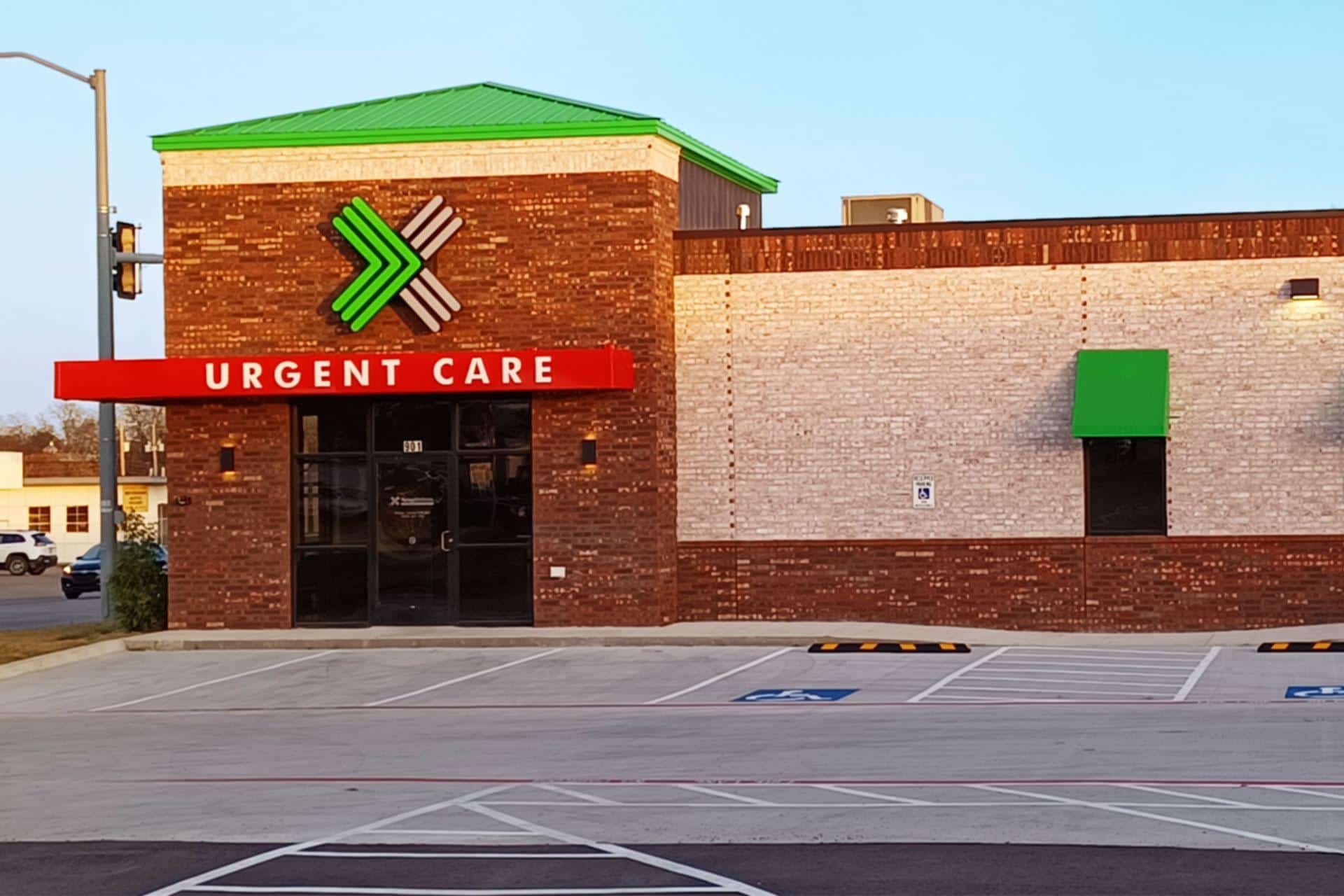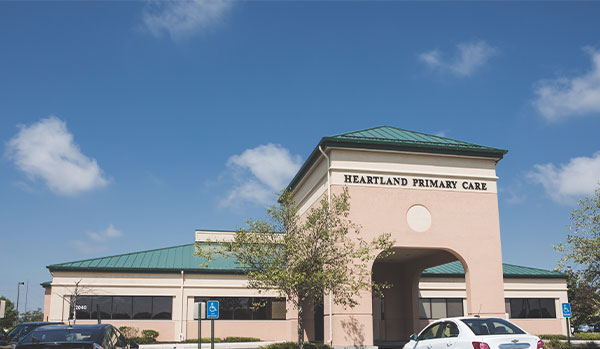Just How Urgent Treatment Clinics Enhance Accessibility to Medical Care for Clients With Immediate however Non-Emergent Medical Requirements
Immediate treatment centers have become an essential element in the health care landscape, attending to the demands of individuals that require immediate focus for non-emergent problems. By operating beyond typical workplace hours and providing a streamlined approach to small injuries and health problems, these centers not just reduce the burden on emergency situation divisions yet additionally improve general person accessibility to timely care. As we consider the implications of this version, it comes to be important to check out how immediate treatment facilities are changing person experiences and end results in ways that warrant additional exploration.
Role of Urgent Care Clinics
Urgent care facilities play an important role in the health care system by providing easily accessible and immediate clinical services for non-life-threatening conditions. These centers offer as an important bridge in between health care carriers and emergency situation departments, efficiently minimizing the worry on healthcare facilities while guaranteeing individuals receive prompt care. By running expanded hours, including nights and weekend breaks, immediate care centers accommodate people who may not have the adaptability to visit a typical physician's workplace throughout common organization hours.
The spectrum of services provided at urgent treatment clinics consists of treatment for minor injuries, illnesses, and diagnostic services such as X-rays and lab examinations. This breadth of care enables people to attend to a range of health and wellness concerns without the lengthy wait times usually related to emergency clinic. Immediate care clinics typically utilize a varied group of health care professionals, including medical professionals, nurse professionals, and medical professional aides, who are geared up to manage numerous medical scenarios.
Advantages of Immediate Gain Access To

Additionally, instant access minimizes the problem on health care providers and emergency departments by diverting much less vital cases to suitable setups. This minimizes overcrowding in emergency clinic, permitting those with real emergencies to receive the immediate care they require without unnecessary delays.
In addition, the convenience of extensive hours and walk-in availability indicates that individuals can look for care without the requirement for visits, which is especially useful for people with unforeseeable routines or those that might experience unexpected health problems. - Urgent Care
The availability of immediate care centers cultivates a positive strategy to health, encouraging people to look for clinical suggestions and treatment faster as opposed to later on. This not just boosts client satisfaction however likewise advertises a society of preventative treatment, eventually causing healthier communities.
Contrast With Emergency Spaces
Often, clients discover themselves unsure whether to check out an immediate care facility or an emergency room when encountered with a medical problem. Urgent care centers are designed to deal with non-emergent but prompt clinical problems, such as small injuries, infections, or ailments.
In contrast, emergency clinic are equipped to deal with lethal scenarios and serious medical emergency situations, such as heart assaults, strokes, or major injury. These facilities offer advanced diagnostic devices and professional examinations, which can bring about much longer wait times for clients with less critical problems. Typically, emergency clinic often tend to be much more costly than urgent care centers, making immediate care a more cost-efficient alternative for non-emergent requirements.
Inevitably, while both immediate treatment facilities and emergency clinic play crucial roles in the health care system, recognizing their particular features allows people to select the suitable setup based upon the urgency and nature of their clinical concerns.
Services Offered by Urgent Care
Immediate care facilities offer a broad range of solutions customized to address non-emergent clinical needs, making them a practical alternative for individuals looking for punctual attention. These facilities are furnished to manage different conditions, including small fractures, sprains, and lacerations, which need prompt care but do not necessitate emergency situation space intervention.
In addition, immediate treatment facilities use diagnostic solutions such as X-rays and laboratory tests, permitting quicker evaluation and therapy of diseases. Individuals often present with typical conditions like colds, influenza, and infections, which can be successfully handled on-site. Immediate care centers regularly give precautionary services, consisting of vaccinations and health screenings, adding to overall public health and wellness.
An additional key service offered is the management of chronic problems aggravated by intense signs and symptoms, such as asthma or diabetes, making certain people receive timely treatment without frustrating emergency solutions. Several centers likewise expand their hours beyond standard office schedules, enhancing ease of access for patients that might call for care throughout weekends or nights.
Improving Person End Results
Urgent treatment facilities are geared up to deal with a variety of non-emergent medical issues, consisting of small injuries, infections, and ailments. Their concentrate on obtainable, top quality treatment permits clients to receive suitable treatments and preventative solutions, fostering better health management. These clinics often utilize a multidisciplinary strategy, incorporating different medical care experts to make certain thorough care.
Person education is additionally an essential component of improving end results. Immediate care service providers frequently supply assistance on follow-up care, safety nets, and lifestyle alterations, encouraging clients to take an energetic duty in their wellness. The mix of immediate gain access to, specialist care, and client education and learning not only enhances Your Domain Name complete satisfaction however additionally leads to improved long-term wellness end results, reinforcing the worth of immediate special info care centers in the health care continuum.
Conclusion
In recap, urgent treatment centers serve an essential role in enhancing health care access for patients with immediate, non-emergent medical demands. Ultimately, immediate care facilities are necessary in connecting the void between primary treatment and emergency services, making certain effective and obtainable medical care for neighborhoods.
On standard, emergency spaces have a tendency to be extra pricey than immediate care clinics, making urgent care a more economical option for non-emergent demands. (Urgent Care)

Ultimately, immediate treatment facilities are necessary in linking the space in between key treatment and emergency services, making sure effective and easily accessible medical care for neighborhoods.